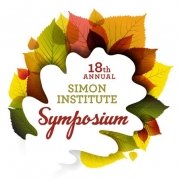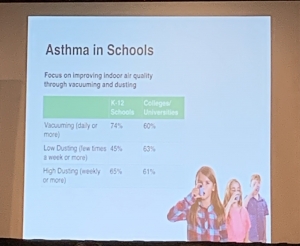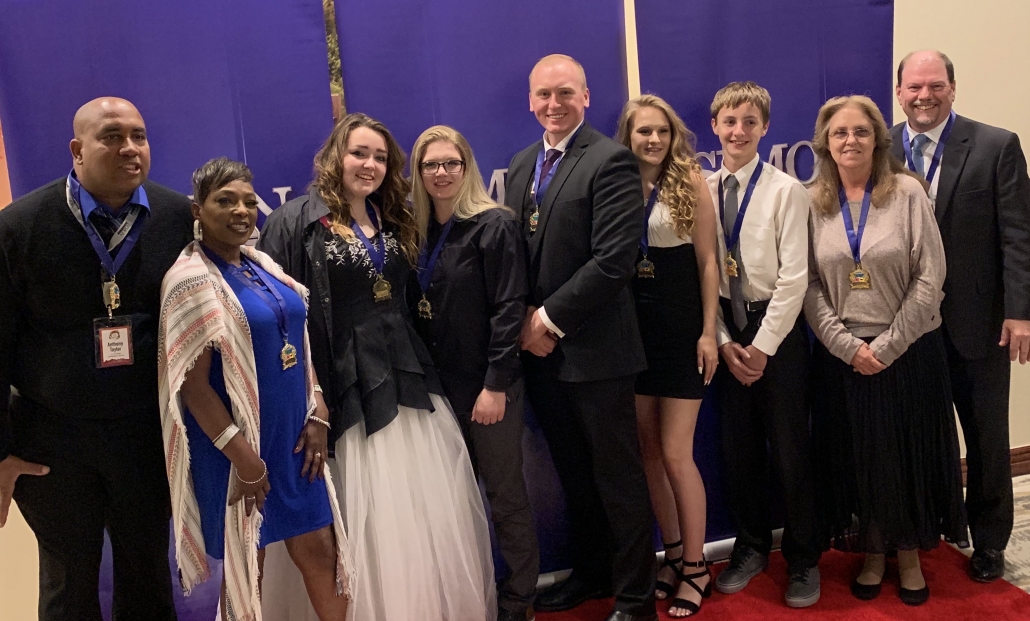Stopping the Spread of Infection: The Business Case for Standardizing Your Cleaning Programs
This year, the flu has already killed more than 10,000 people in the U.S. and hospitalized more than 180,000 others, according to early reports from the CDC. It started early and aggressively—affecting an estimated 19 million people across the country—and shows few signs of slowing down.
With the threat of another virus—a potential pandemic—at our doorstep, more people are starting to talk about cleaning and disinfection, which is great! We like people talking about cleaning.
Looking for info on what to do and how to clean during an outbreak? We’ve got you covered: Check out this post for information and an infographic on how to clean to stop the flu.
The thing is, outside of encouraging building occupants to stay home when they’re sick and regularly wash their hands, cleaning and disinfection of surfaces throughout a building is an essential step in controlling the spread of a virus.
That’s why when a school closes because of a flu virus, custodial crews are called to thoroughly clean and disinfect the building before students return. However, without a standardized cleaning program in place, how cleaners approach this task can leave a lot of surfaces untouched.
Money Matters: How the Spread of Viruses Affects Business
In the past week, we’ve started to see the markets react to the coronavirus. The Chinese market just saw its biggest daily drop in more than four years. That’s because when people are sick and can’t come to work, business slows.
A report published in the International Journal of Hygiene and Environmental Health last year looked at the best ways to effectively stop the spread of infection in an office building.
A few key findings from the report:
- “Viral illnesses have a significant direct and indirect impact on the workplace that burdens employers with increased healthcare costs, low productivity, and absenteeism.”
- Cleaning and disinfecting surfaces on fomites leads to an average reduction in the concentration of a virus by 85 percent.
- In the United States, both influenza and non-influenza acute respiratory infections result in an annual economic burden of $87 billion and $40 billion respectively, although this may be underestimated (Fendrick et al., 2003; Molinari et al., 2007).
- “Although annual vaccination can help reduce influenza outbreaks, vaccines are not developed for many other pathogens, such as norovirus (Fiore et al., 2010). Therefore, the best defense for disease prevention is public health hygiene and sanitation interventions, such as the use of hand sanitizers, surface disinfectants, and behavior modification (Leon et al., 2008; Reynolds et al., 2016).”
That last point is critical. Stated simply, authors found that one of the best ways to prevent the spread of pathogens throughout a building is to step up your cleaning programs.
Standardized Cleaning Programs Make Good Business Sense
In one of his recent articles for Facility Cleaning Decisions, Ben talked about the benefits of standardization. He shared how a standardized cleaning program eliminates waste. How it more evenly distributes workloads and promotes safety for cleaning workers and building occupants. He talked about how it creates progress and generates data.
A standardized cleaning program is a best practice, because it promotes best practices. It makes sure that all surfaces get cleaned, because there’s a system in place for cleaning them.
Of the reported 50 percent of a custodial manager’s budget that is labor, it offers a delivery system for the work performed. Rather than focusing on fires, it sets daily frequencies, tools and routes to not only remove dirt, but stop the chain of infection.
****
Almost two years ago, Time Magazine published an article about how the world wasn’t ready for the next pandemic. But as many facilities work to stop the spread of the flu virus, one thing is evident: We need better cleaning systems.
It’s not just essential for promoting the health of building occupants, but the vitality of our country’s businesses and markets. And because the coronavirus isn’t the last outbreak that we’ll experience, a standardized cleaning program will be an essential risk management strategy for businesses moving forward.


 Simon Institute
Simon Institute

